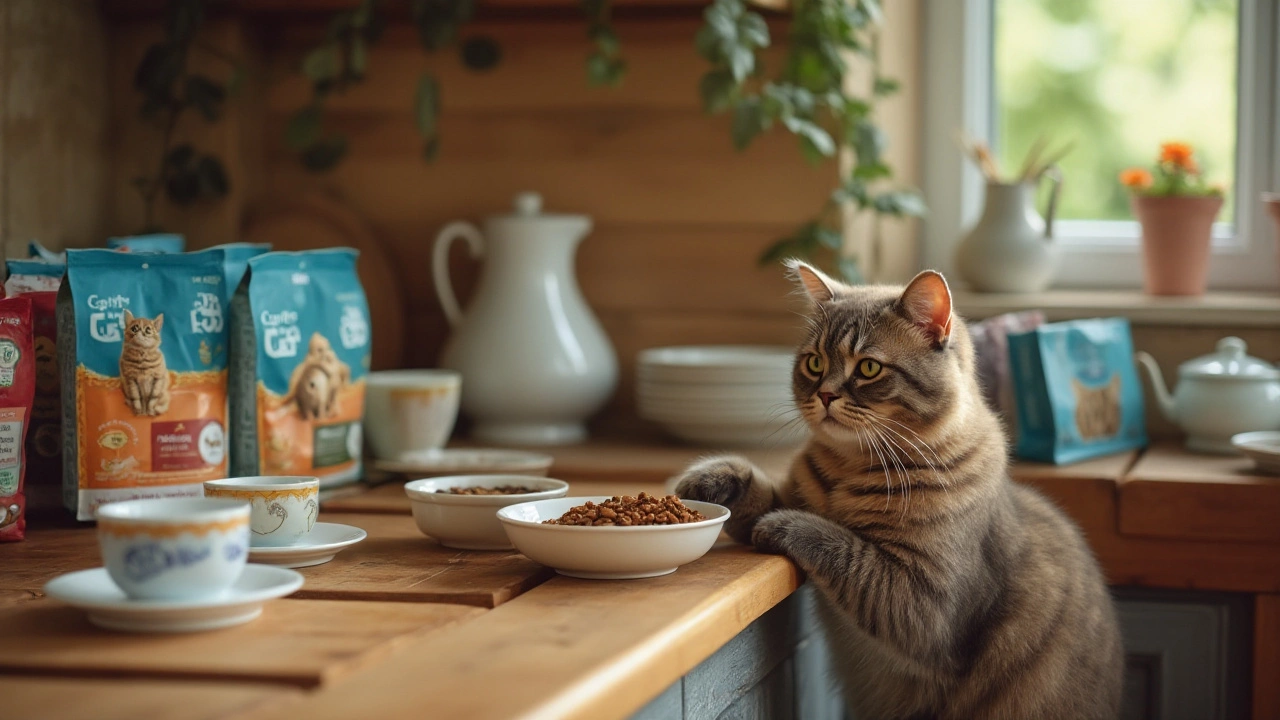Feeding Your Cat: Simple Guides for Healthy Meals
Feeding a cat might seem easy – just pour some kibble and call it a day. In reality, the right routine, portion size, and food quality make a big difference to your feline’s health and happiness. Below you’ll find quick, practical advice you can start using right away.
How Often Should You Feed Your Cat?
Most adult cats do well with two meals a day, spaced about 12 hours apart. Younger kittens need three to four smaller meals because their metabolism burns fast. If you’re unsure, watch your cat’s behavior: a cat that prowls for food between meals probably needs a bit more, while a cat that leaves food untouched might be overfed.
Consistency matters. Serve meals at the same times each day so your cat’s internal clock knows when to expect food. This helps prevent overeating and reduces the chance of weight gain.
When you measure the food, use a standard cup or a kitchen scale. Feeding guidelines on pet food bags are a good starting point, but adjust based on your cat’s activity level and body condition. A quick tip: run your hand along your cat’s ribs – you should feel them, but they shouldn’t be protruding.
Choosing Safe Dry Food Ingredients
Dry cat food is convenient, but not all kibble is created equal. Look for a short ingredient list: quality protein (like chicken or salmon) should be the first item. Avoid foods that list “by-products” or “meal” as the main protein source, as these can include low‑quality parts.
Watch out for filler carbs such as corn, wheat, or soy. Cats are obligate carnivores, meaning they need animal protein, not plant starches. Excess carbs can lead to weight gain and urinary issues.
Some additives are worth avoiding too. Artificial colors, flavors, and preservatives (like BHA, BHT, and ethoxyquin) have sparked health concerns. Choose brands that use natural preservatives such as mixed tocopherols.
If your cat has a sensitive stomach, a grain‑free, limited‑ingredient formula can reduce irritation. Always transition to a new food slowly – mix 25% new with 75% old for a few days, then gradually increase the new portion.
Finally, remember that fresh water is essential. Even the best dry food won’t keep a cat hydrated. Keep a bowl of clean water nearby and consider a water fountain to encourage drinking.
Putting these simple steps together – regular meal times, measured portions, and a clean ingredient list – will help your cat stay at a healthy weight, avoid digestive problems, and enjoy mealtime. You don’t need fancy gadgets; just a bit of consistency and a watchful eye on what’s in the bowl.
- Morgan Ainsworth
- 0 Comments
The Art of Mixing Wet and Dry Cat Food in One Bowl
If you're pondering whether to mix wet and dry cat food in the same bowl, you're not alone. This article delves into the potential benefits, the possible downsides, and tips for combining these two types of cat food. Mixing can provide variety and might enhance the appeal of the meal, but it's essential to do so thoughtfully. Discussing considerations such as nutritional balance and food safety, this piece aims to help cat owners make informed decisions. Explore how a blend might suit your feline's palate while ensuring optimal health.
View More
